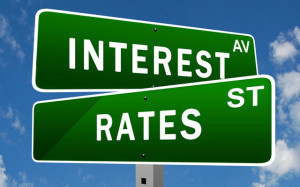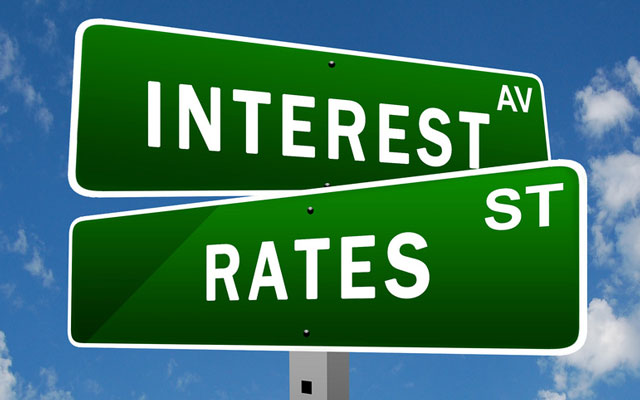 It’s becoming more and more evident each day that the time of quantitative easing in the United States is nearing an end. Pretty soon, we may see the Federal Reserve raising interest rates. This will come as little surprise to the financial markets, which have recently been preparing for this jump. Many expect increases to come by the end of the year. While retail sales in the US are up, and unemployment numbers are steadily falling, policymakers are becoming more and more concerned about stagnant wages and diminishing purchasing power.
It’s becoming more and more evident each day that the time of quantitative easing in the United States is nearing an end. Pretty soon, we may see the Federal Reserve raising interest rates. This will come as little surprise to the financial markets, which have recently been preparing for this jump. Many expect increases to come by the end of the year. While retail sales in the US are up, and unemployment numbers are steadily falling, policymakers are becoming more and more concerned about stagnant wages and diminishing purchasing power.
It’s the duty of the Federal Reserve to maintain full-employment levels and keep the rate of inflation low at the same time. Although these may sound like simple tasks, accomplishing them requires a very delicate balance. Normally, the Federal Reserve conducts monetary policy through open market operations (OMO), which in turn influence the direction of the Fed funds rate – the interest rate at which major depository institutions lend to each other overnight. This should be distinguished from the discount rate, which is the rate the Fed charges banks for emergency loans. Although the Fed has said that raising the discount rate is more technical and is not necessarily a policy change, the last time this rate was increased – nearly four years ago – the market reacted by selling off stocks and bonds. In any event, the market is anticipating that an increase in rates is on the horizon.
If the Federal Reserve does approve an interest rate hike, what is that going to mean for the markets? How are stocks, bonds and real estate prices going to react? Even more important for the everyday consumer, how will this increase affect consumer credit, and what effect might these changes have north of the border in Canada?
Stocks
When interest rates rise, the stock market typically cools down. While the mechanism through which rising rates impact the stock market is more indirect, they do impact it significantly. Higher interest rates mean that it costs businesses more to borrow money, in turn limiting their growth options. For consumers, this translates into less purchasing power – a measure which will eventually make its way up the corporate ladder in the form of lower sales and profits. Generally, when interest rates rise, stocks will see a slight downturn before regaining their footing. At this juncture, however, psychology is playing a much bigger role: The fact that the Fed is considering tightening monetary policy may be viewed by one group of investors as a bullish signal that the economy is on solid footing, while another camp is focused on the shorter-term effects that a rate hike might bring, thus paring their bets in equities. These opposing views, and investors’ tendency to jump from one camp to the next, are responsible for the seesaw we’ve seen in the markets over the last few weeks.
Bonds
When the Federal Reserve raises interest rates, it has a powerful and direct impact on the value of existing bonds. This investment class is very sensitive to changing interest rates, and an increase can mean a big drop for bond prices. With newer and higher rates, investors are willing to pay less for older bonds that offer a lower rate of interest. This can translate into a sharp decline in prices, depending on the velocity at which the Fed raises rates. Eventually, when the cycle settles, we should expect that investors will once again warm up to bonds, given the higher yields that can be generated from the asset class. However, this might take some time.
Real Estate
In the real estate market, an interest rate increase means that it is more expensive for buyers to acquire funding. This is seen on a large scale when it comes to investment grade commercial purchases, but it is also noticeable when looking at consumer behavior. Suddenly, homebuyers are facing a much higher monthly payment to purchase a property than they would have seen with previous rates. In turn, home purchases often slow following an increase by the Fed. This lowered demand turns into a lack of momentum for the marketplace, resulting in slowed growth or stagnant home values.
Credit Card Debt
When the Federal Reserve raises interest rates, so do credit card issuers. Banks pass these rate increases on to their customers, meaning that credit card interest rates will rise. Consumers who use variable rate cards will feel these effects sooner since variable rate cards respond more quickly to changes in base rates. By paying more interest each month, consumer purchasing power is decreased, limiting the amount of goods that can be bought with the same level of income as before.
Currency and Canada
Higher interest rates may lead to a jump in the US dollar as foreign investors are attracted by greater returns. While a stronger US dollar might be beneficial to Americans travelling abroad, it could hamper the export of goods and services. As such, a lower-to-moderate interest rate environment is more favorable.
Given Canada’s close trade relationship with the US, factors that have necessitated an increase in US interest rates have often influenced Canadian interest rates and the value of the Canadian dollar, but not always. We’ve seen in recent years that increases in the Canadian dollar have been more closely linked to the price of commodities, such as crude oil and gold. If global demand for these commodities slows, the Canadian dollar could weaken, irrespective of how US interest rates move.
Emerging Markets
At this juncture, we are seeing the fears of an interest rate rise sending emerging markets into a tail-spin. I have acknowledged in a previous blog posting entitled “Emerging Markets: Opportunities in Prosperity” that the main risks in emerging markets investing include currency risk and capital flight. We have been witnessing both of these occurrences unfolding, which is creating a favourable situation for the bottom-up focused long-term investor.
Conclusion
While the effects of an increase in interest rates do not seem pleasant, it is imperative that rates do eventually rise. This action is essential for the longer-term financial health of the US economy. Low rates for an extended period can cause rapid inflation, a scenario that can destroy purchasing power in any economy. By carefully balancing employment with interest rates, the Federal Reserve attempts to keep the US on a sustainable and steady path over the long run. The question is this: How will you position your finances and investment portfolio for a rising rate environment?
Garnet O. Powell, MBA, CFA
I am honoured to have been able to share with you my thinking on the investment process and would be delighted to hear your thoughts.

